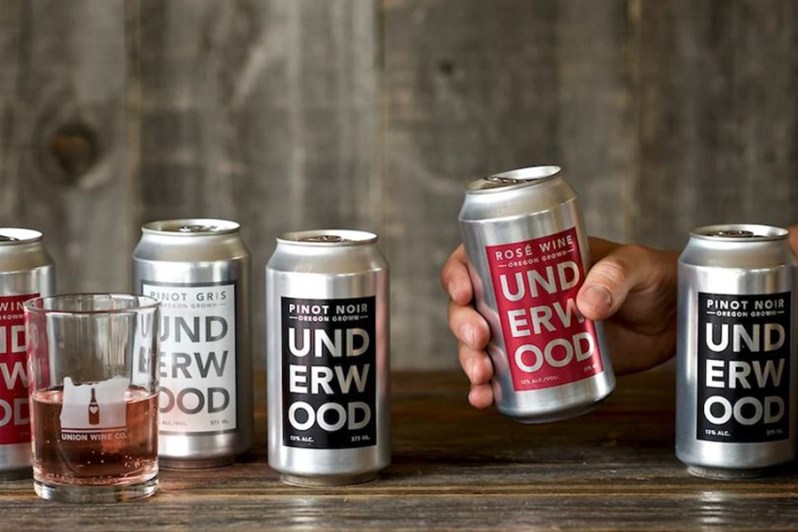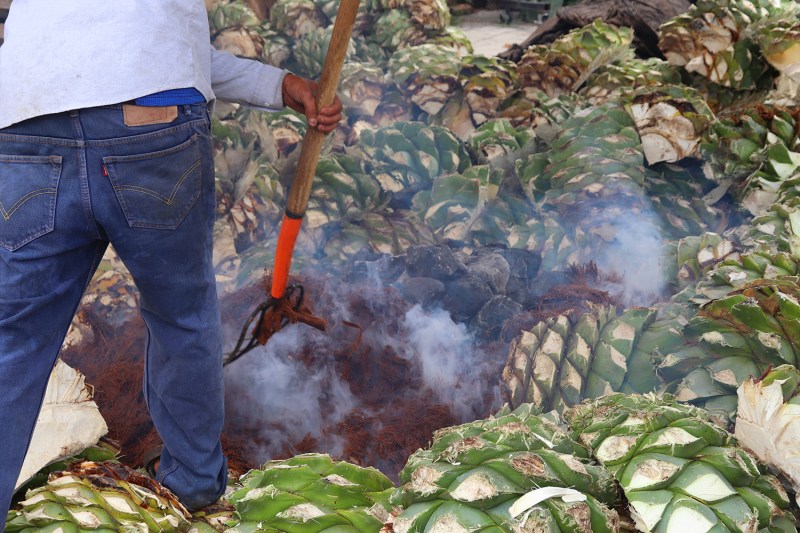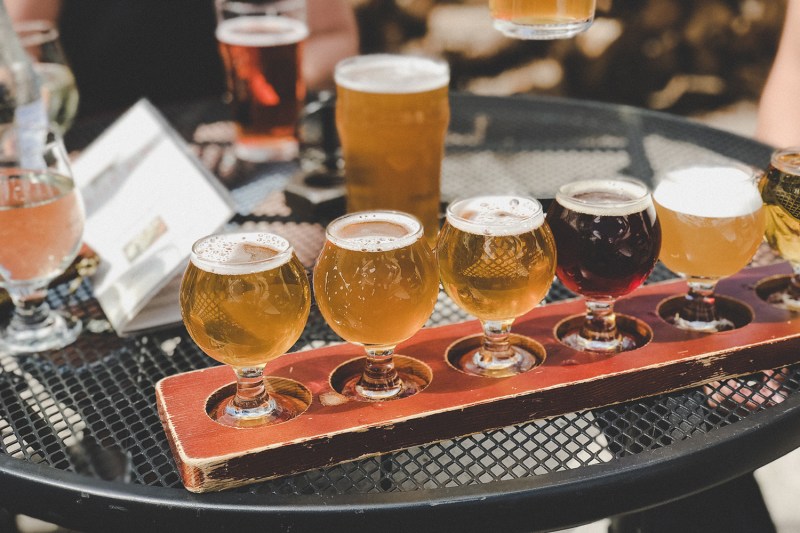Earth Day is a half-year away, but that’s no excuse to drink like a shortsighted heathen. Thanks to new technology, emerging trends, and real creativity, there are now more ways than ever to enjoy a drink with Mother Nature very much in mind.
There are many considerations, from the obvious to the almost always overlooked. Sure, we’ve seen the impact of straws and made inroads to changing that, given wine the aluminum treatment, and thought more and more about sustainability, but we can always, always do more. And let’s not forget, sustainability involves both the land and the people.
Format
The can movement has done promising things for the environment. Now that it’s become acceptable in just about all realms (beer, wine, coffee, cocktails), we are recycling more and using less energy for shipping and transit. Moreover, we’re asking the traditional glass industry to take a look in the mirror and become more eco-aware.

But there’s more. With beer, not only does draft taste best, it’s often the easiest on the environment. Keep a growler in your car or look for local tap houses and breweries that have their own crowler setup. It’s a great way to limit excess packaging.
Some brewers are embracing biodegradable materials as well. The Eco Six-Pack Ring is a great example. The majority of wine still comes via glass and cork but there are more and more options for recycling the latter.
Endorsements
In wine, there are several logos worth hunting for. Organic can be good, but equally important are the insignia denoting certain growing practices. They tend to differ from state to state but look for woke organizations like the California Sustainable Winegrowing Alliance and LIVE in Oregon to show up on wine materials or labels. Formal endorsement is all the more important these days, as any producer can simply throw an attractive word like “sustainable” or “green” on the back of a label.

The spirits realm, too, is embracing better practices but darkness still plagues the industry. Historically, hooch like rum, tequila, vodka, and more have not only stretched resources thin in their creation, but required the use of nasty chemicals in the fields and tons of labor and manipulation at the distillery. The best thing you can do is research your favorite spirit and find a brand that fits. If it’s domestic, be on the lookout for advertised sustainability standards and never be afraid to inquire, in person or via email or social media, about how they go about their business. Transparency should be a strength, never a weakness.
Transit
You don’t necessarily need to stop enjoying your favorite Georgian wine or out-of-state beer. But you should be cognizant or your practices. Buy from your favorite bottle shop, which is likely receiving bulk orders from a winery or a distributor. If you’re buying straight from the winery source, round up, if you can afford it. The ratio of waste to wine will be less overall as you’ll likely only have to make one occasional order (No need to single-day a bottle of grower Champagne to your office, even if you’re the Wolf of Wall Street).

And get out of your comfort zone. Sure, it’s tough to match a Syrah from the Rhone or a wine from the sky-high altitudes of the Bolivian countryside. Sample these where they may already be expected, like your town’s best restaurant or wine bar. When you’re padding your own cellar or bar, look for equivalents. For example, in wine, Bordeaux is great but red blends from Walla Walla can be on par. Champagne has its reputation but some of the best sparkling anywhere is being made on the west coast (the Willamette Valley especially). A good bourbon can be made outside of Kentucky and a solid rum can come from even the coldest of climates.
Start local, and work outward once you gain some knowledge of the craft. The most responsible thing you can do, aside from drinking, well, responsibly, is knowing full well what the hell you’re drinking and how it came to be. If there are more questions than answers, it might be time to move on.


